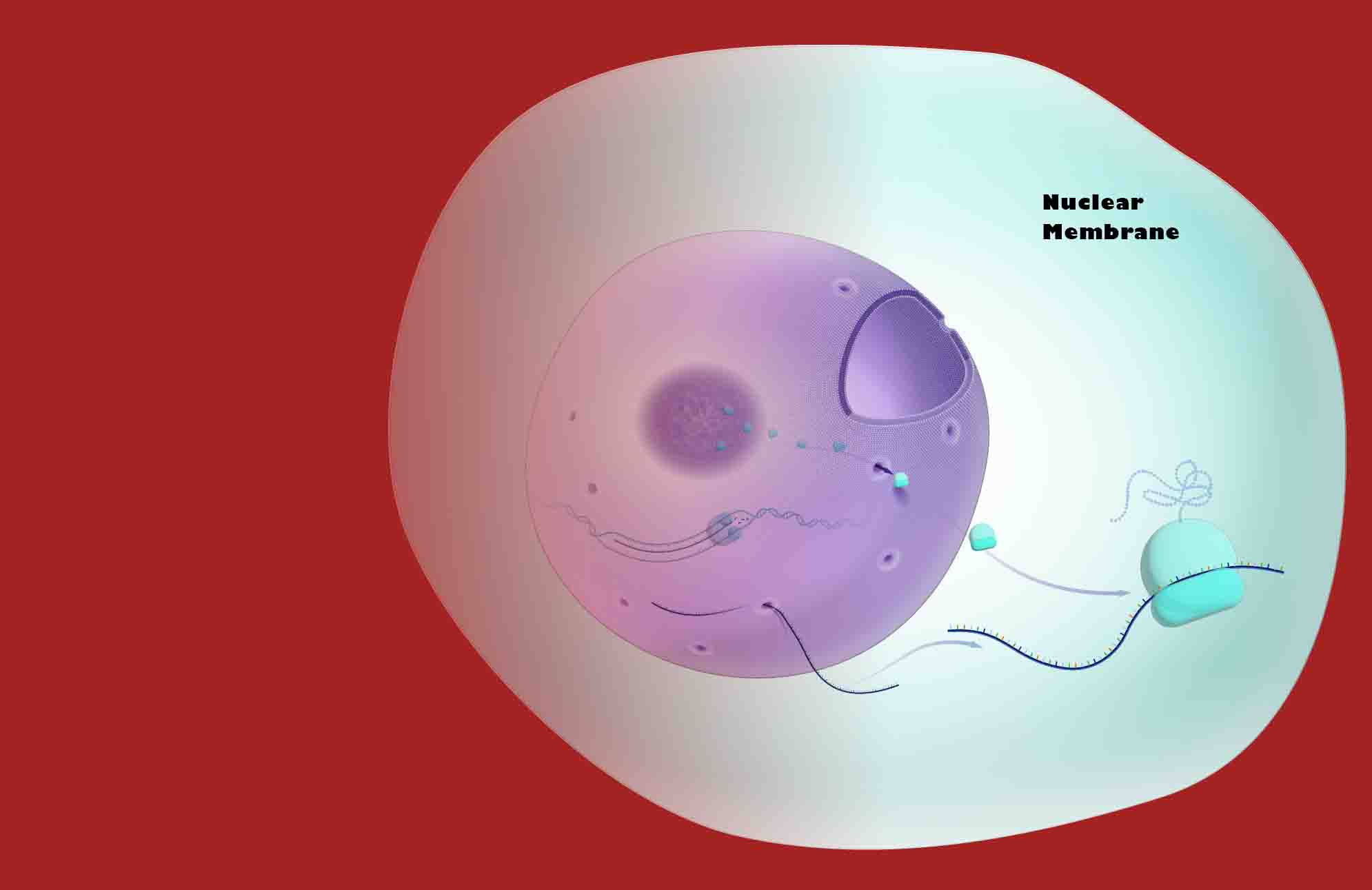Nuclear Membrane Definition
Known also as the nuclear envelope, the nuclear membrane separates the nucleus from the rest of the cell. Cells of both animals and plants contain it. Cells build proteins, convert molecules into energy, and remove waste products.
Cells protect their genetic material from chemical reactions taking place outside their nucleus by using the nuclear envelope. Additionally, it contains proteins that regulate genes and organize DNA.
Function of the Nuclear Membrane
The nuclear membrane physically protects the DNA of a cell from chemical reactions taking place elsewhere in the cell. If molecules from the cytoplasm enter the nucleus, they can damage part of the DNA, preventing the cell from functioning properly and possibly even resulting in cell death. Proteins inside the envelope also keep the genetic material in place inside the nucleus.
In addition, it regulates what materials can enter and exit the nucleus. By being selectively permeable, it accomplishes this. The double layer can be physically penetrated only by certain proteins.
The nucleus, where all cellular structures are located, protects genetic information from mixing with other parts of the cell, allowing different cellular activities to take place inside and outside of the nucleus.
Parts of the Nuclear Membrane
A cell’s nucleus is surrounded by a nuclear membrane.
Outer Membrane
The nuclear membrane is also a bilayer of lipid molecules, like the cell membrane. Lipids have ribosomes on their surface, which make proteins. Proteins are packaged and transported in the endoplasmic reticulum.
Inner Membrane
Proteins in the inner membrane help organize the nucleus and bind genetic material. It is called the nuclear lamina because it consists of fibers and proteins attached to the inner membrane. This protein supports the nucleus, repairs DNA, and regulates cell division and DNA replication during the cell cycle. There are some proteins on the inner membrane of plant cells that are similar to those on the nuclear lamina, but they are only found in animal cells.
Nuclear Pores
The nuclear pores pass through both the outer and inner membranes. Nuclear membranes are made up of large protein complexes that allow certain molecules to pass through. About 30 proteins make up each nuclear pore, which transports materials. The outer and inner membranes are also connected by them.
In preparation for cell division, more nuclear pores are formed in the nuclear membrane. Eventually, the nuclear membrane breaks down and is reformed around the nuclei of each daughter cell.
Differences Between Nuclear Membranes in Plant and Animal Cells
Animal and yeast nuclear membranes are much better understood than those of plant cells, but recent research is decreasing the knowledge gap. Nuclear membrane proteins found on animal cells are absent from plant nuclear membranes, but plant pore membrane proteins are unique to plants.
Plants lack centrosomes, structures that help organize DNA when a cell prepares to divide; animals have them, whereas plants rely entirely on the nuclear membrane for organization. The unique characteristics of plant nuclear membranes may be better understood with further research.
Related Biology Terms
- The cytoplasm of a cell excludes the nucleus.
- Genetic material is housed in the nucleus of a cell.
- A lipid bilayer consists of two layers of lipid molecules; both the outer cell membrane and nuclear envelope contain lipid bilayers.
- Proteins are made by ribosomes, a structure in the cell. There are some ribosomes attached to the outer surface of the nuclear envelope.

